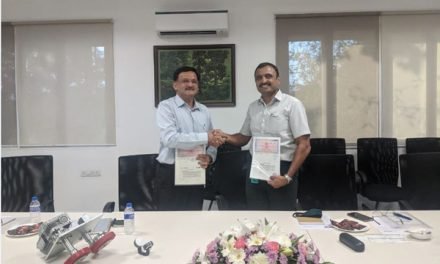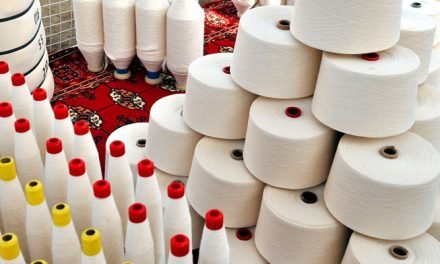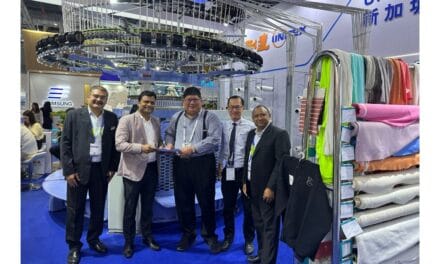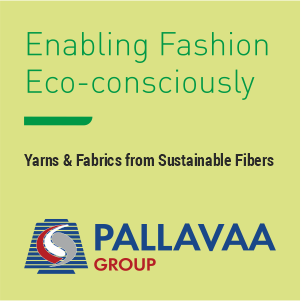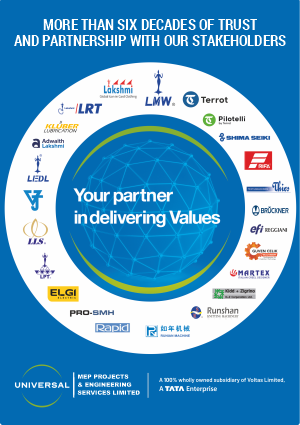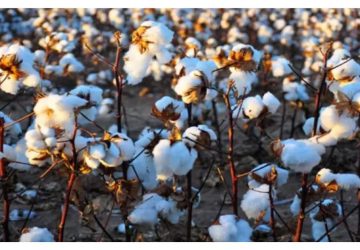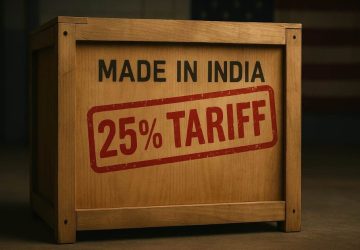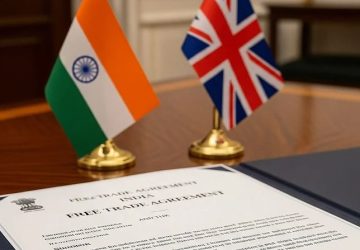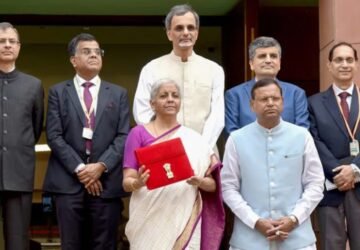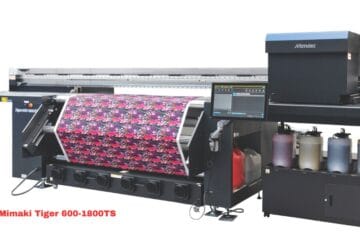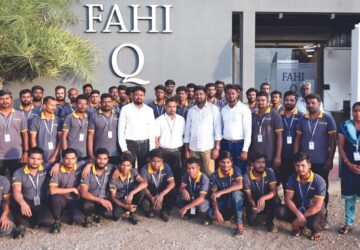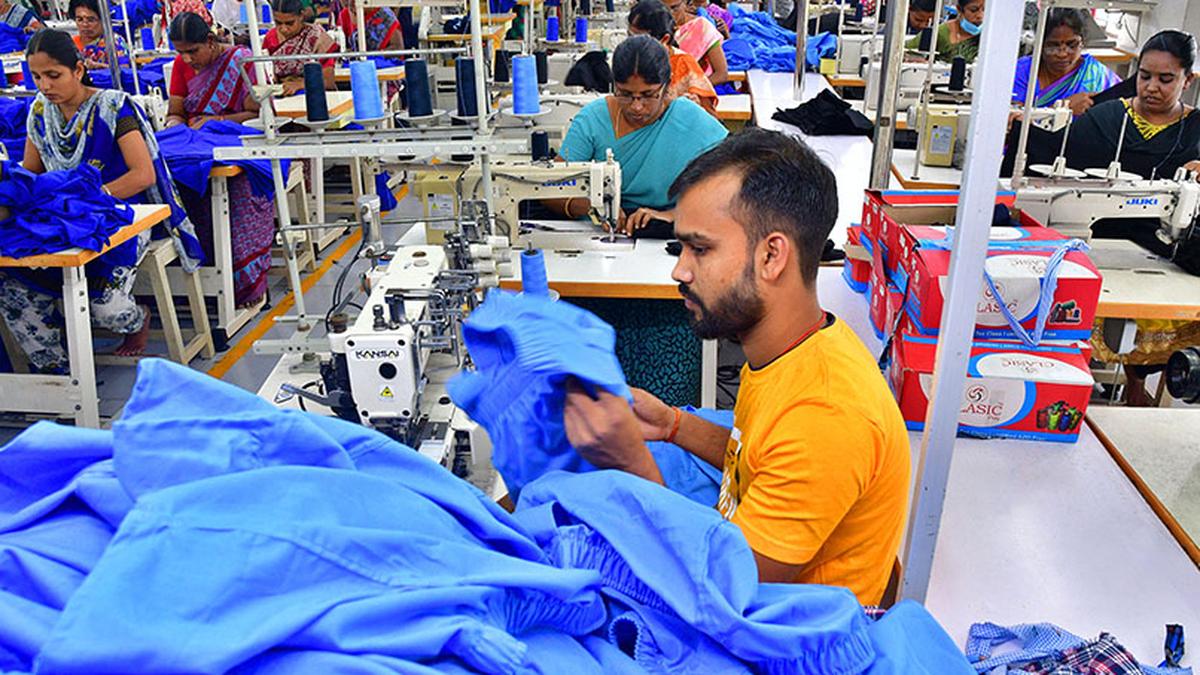
Mafatlal Industries Ltd (MIL), the 120-year-old textile flag- ship of the Arvind Mafatlal Group, is stepping up its global business with a renewed focus on garment exports to West Asia, Latin America, Europe and the Far East – including Japan and Australia.
As India’s leading uniform manufacturer, the company is also re-establishing its presence in the defence uniform category, targeting strong growth in international insti- tutional markets.
Exports currently contribute around 10 per cent of MIL’s ₹2,845 crore revenue, but this share is set to rise as the com- pany pivots from fabrics to garments.
It recently established a garment export subsidiary, Mafatlal Apparel Exports Pvt Ltd. “Two months ago we formed a subsidiary, which will be focused on garment exports,” Managing Director Priyavrata Mafatlal said on Tuesday at the company’s manufacturing plant in Nadiad, Gujarat. MIL owns 51 per cent stake in the new subsidiary.
MIL has long exported voile fabric to West Asia, but is now investing in building markets there in the school, corporate and institutional uniform segments.
“Over the last 10-15 years we have focused our energies on scaling up and getting stronger in India… Now we are building the market in the Middle East, which is similar to that of India in terms of tastes, school and corporate uniforms,” he said. With its new subsidiary, Mafatlal is expanding its global grid. “Our focus will be on (exports) to Latin America, Europe and FarEast, including Japan and Australia,” said Mafatlal, a fifth-generation member in his family business.
MIL is making a strong comeback in defence uniforms — a segment it dominated from the 1960s to the 1980s — after the government opened tender participation to private players. “Uniforms for the defence is a segment we have reentered… We supplied 15-20 per cent of the requirement for the new uniform that the Indian Army came up with,” Mafatlal said, without disclos-ing the numbers.
Global Demand
The company’s defence foot-print already extends beyond India. MIL has supplied uni-forms to Army and police forces in several West Asian countries and is exploring opportunities with other global law enforcement agen-cies, including the Spanish police. “We would like to expand and look at the demand for uniforms for armed forces, hospitals, hotels and schools,” he added.
Mafatlal Industries remains India’s market leader in school and corporate uniforms, with the segment growing 15-20 per cent last year. The com-pany moved into the hospital uniform segment, driven by a demand for advanced finishes. “In the last 2-3 years, we have added hospital uniforms because there are specific fin-ishes that are needed, includ-ing antimicrobial,” he said.
MIL’s technical textiles divi-sion manufactures nonwoven fabrics used in medical applic-ations, sanitary napkins, baby diapers and adult diapers.


